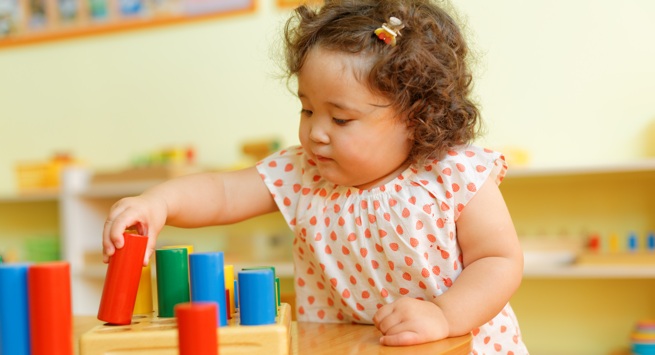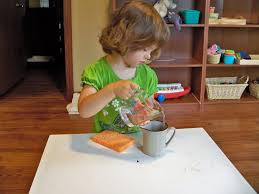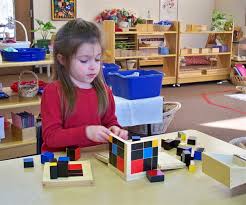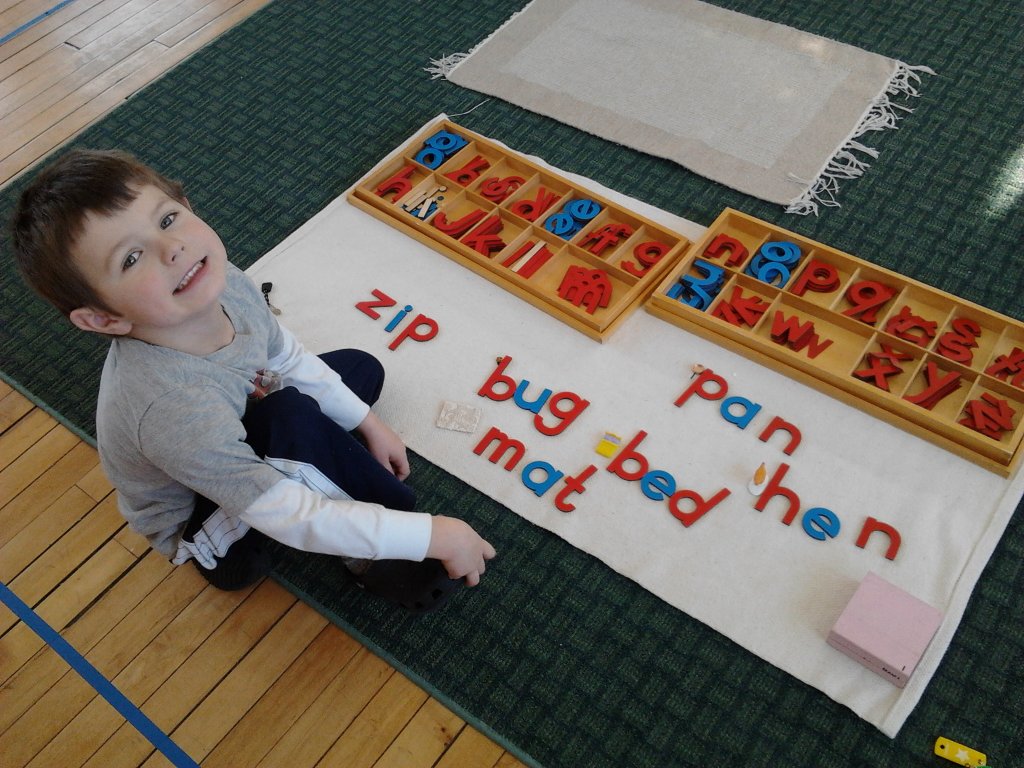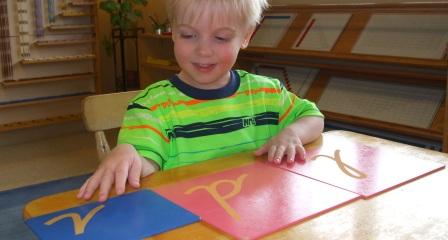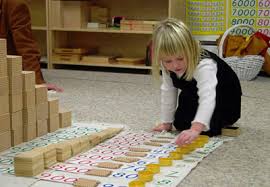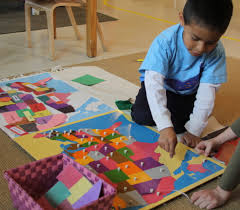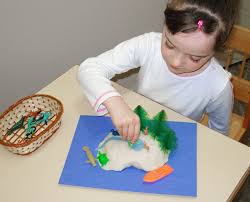
Mathematical and number concepts are an essential part of everyday life. Even before starting school, young children are exposed to numbers and mathematical concepts daily (e.g. sorting, counting, estimating quantity, measuring), through television, through books, when shopping, and through many different kinds of infant toys as well as in our daily activities. For example, setting the table or putting on shoes develops the idea of one-to-one correspondence, because there must be a place for each person, or a shoe for each foot. Packing away clothes or shopping is an exercise in classification and sorting, and helping with baking gives the young child experience in measurement and estimation as well as the experience of working with volumes or mass in different types of media (e.g. flour and oil). Counting is often introduced directly in educational television programs, books for young children or number rhymes and games
Before the child can construct number concepts in his mind, other concepts must be well
internalized and understood. Three important principles that are essential for
mathematical understanding are:
Conservation:
Reversibility:
One to One Correspondence:
Maria Montessori‟s first intellectual love was mathematics. As a young teenager, she studied mathematics at an all-boy technical school, in preparation for studying engineering. In order to facilitate the learning of mathematical and number concepts, she designed a system of precise, logically ordered, didactic equipment that is used in the preschool mathematics area. Together with the sensorial equipment, these beautiful materials form one of the more striking physical features of the Montessori preschool classroom.
